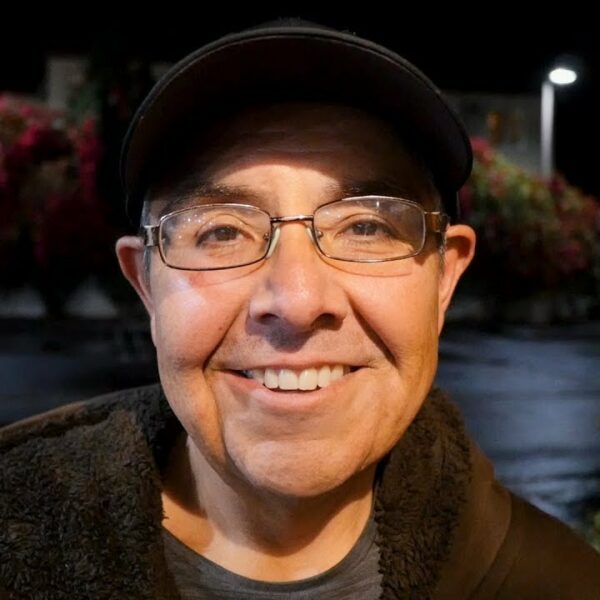“Why does she stay?” It’s a simple question. The answer is not. Victims of domestic violence have developed a complex mix of physical, emotional, financial and psychological difficulties. Yet we can point out one truth that forces the victim to stay with an abuser. She won’t be any safer when she’s homeless.
The U.S. system designed to reduce homelessness is woefully inadequate. Affordable housing just isn’t there for people trying to escape abuse in their homes. A point in time study done in 2018 by the National Network to End Domestic Violence reports that domestic violence hotlines received 19,459 calls in one day.
Emergency shelters had to turn away 6,972 victims who needed a safe place to stay because the shelters were full. Multiply that by 364 days and you start to see the scale of the problem.
That is not the only indicator of need. The Domestic Violence and Homeless Services Coalition conducted focus groups among domestic violence survivors in Los Angeles. It found that 90% of the women in that group who had experienced domestic violence experienced homelessness. 62% of the survivors were homeless at the time of the study.
“Housing is a constant need for domestic violence survivors. We get calls and walk-ins almost every day from women, most with children, who are fleeing abusive situations and are in desperate need of housing. We always have a waiting list.” —Utah Advocate
Women Aren’t the Only Victims of Domestic Violence
We tend to think of women at the mention of domestic violence – for good reason. 85% of victims are women. We need to acknowledge it’s not exclusive to one gender. One in seven men report incidents of DV but men’s shelters for victims are rare. While most cities have shelters for homeless men, these environments are not designed to address the unique trauma of male victims.
Youth shelters face legal obligations that can interfere with outreach. By law they have a duty to notify the youth’s family or child services departments, even when the youth left their home due to physical, mental or sexual abuse. Homeless youth will not ask for help if it means going home to their abusers.
It’s even tougher for people with different sexual orientations. Gay men and lesbian women experience abuse by partners at a rate of 26% and 44% respectively but prejudice against them still exists within the shelter system. It’s even trickier to house transgender individuals.
Allowing them to retain their dignity is the right thing to do but presents logistical issues for clients and providers. A trans woman cannot easily go into women’s housing; but out of respect for her personal identity shelter, as well as risks of abuse by other men, staff are reluctant to ask her to stay in a men’s shelter.
Victims Often Face Financial Obstacles when Seeking a Safe Place to Live
In the best of situations, emergency shelters can give only brief respites from the turmoil in victims’ homes. The average length of stay is 60 – 90 days. Survivors may be coping with depression, trauma, hopelessness, isolation and substance abuse disorders. Abusive partners often block employment and education, and control all the family finances, keeping victims financially dependent. Healing emotionally and physically takes time as does building reliable income. Ninety days just isn’t enough when affordable housing can take years to acquire. We expect victims to leave their homes without any idea when they may have a safe place to live again.
Even when victims have been working, or have skills to work, finding affordable housing is a daunting task if they have low wages. Housing costs have risen faster than wage growth for years. According to “Out of Reach 2018,” the National Low-Income Housing Coalition estimates the average renter’s hourly wage in the United States is $16.88, while people need to earn over $22 per hour to afford the average rent for a two-bedroom home.
Put another way, a worker earning the federal minimum wage must work at least 99 hours per week to afford a one-bedroom apartment anywhere in the United States. A wage of $22 per hour is beyond most victims in the months after they escape, if ever.
It is much worse for disabled people relying on Social Security Income. Many domestic violence victims are unable to work initially as they recover from the injuries done to them. For example, traumatic brain injuries plague many victims. They may need to rely on SSI. The maximum federal monthly SSI payment in 2019 is $771. On this income, an SSI recipient can afford rent of only $216 a month.
Victims of Domestic Violence Can’t Wait Years for Affordable Housing
Traditionally families have received affordable housing or rent assistance from their local housing authority. Waiting lists have grown so long in many communities that it is not a realistic option. Housing authorities across America are not even accepting applications because the waits are already years long. At the time of this writing 16 communities in the entire U.S. are accepting applications now or will begin accepting them in June 2019. That doesn’t mean the applicants will get housing assistance right away. It means they get a place on the waiting list.
A study by the Health Care for the Homeless Council found that half of its participants reported being the victim of a violent attack while homeless. If a victim must choose between abuse in their home or the high risk of abuse on the street, it’s a stretch to think they are better off on the street.
If the offenders on the street don’t get them, city authorities may, in their own way. More and more cities have criminalized homelessness. No Safe Place reports that 53% of cities prohibit sitting or lying down in particular public places. Other cities have done everything from installing jagged rocks under bridges to sweeping away tents and all the belongings of people who don’t have anything else to protect them from rain or snow.
Imagine running from an abuser to find yourself in jail because you and your children have no where to go except your car or a sleeping bag.
Next time you wonder why a domestic violence victim doesn’t leave her abuser, consider where she should go exactly. Until the U.S. is willing to provide enough shelter and affordable housing for victims, we are tacitly allowing it to continue. As a country we look the other way and abdicate our responsibility to be part of the solution.













